Flatbed trailers are integral components of the logistics and transportation industry, valued for their versatility and efficiency. However, over time, the wood flooring in these trailers can experience significant wear and tear due to heavy loads, exposure to the elements, and other operational stresses. Replacing this flooring is not just essential for aesthetics; it also enhances safety and improves load management. In this comprehensive guide, we will walk through the meticulous process of replacing wood flooring in flatbed trailers to ensure that your equipment remains functional and reliable.
Understanding the Importance of Wood Flooring Replacement
Before diving into the specifics of the replacement process, it’s crucial to comprehend why maintaining or replacing the wood flooring in your flatbed trailer is paramount.
1. Safety Concerns
- Structural Integrity: Damaged flooring can compromise the structure of the trailer, leading to potential accidents.
- Load Security: Ensuring that the load doesn’t shift during transport is crucial for the safety of both the driver and other road users.
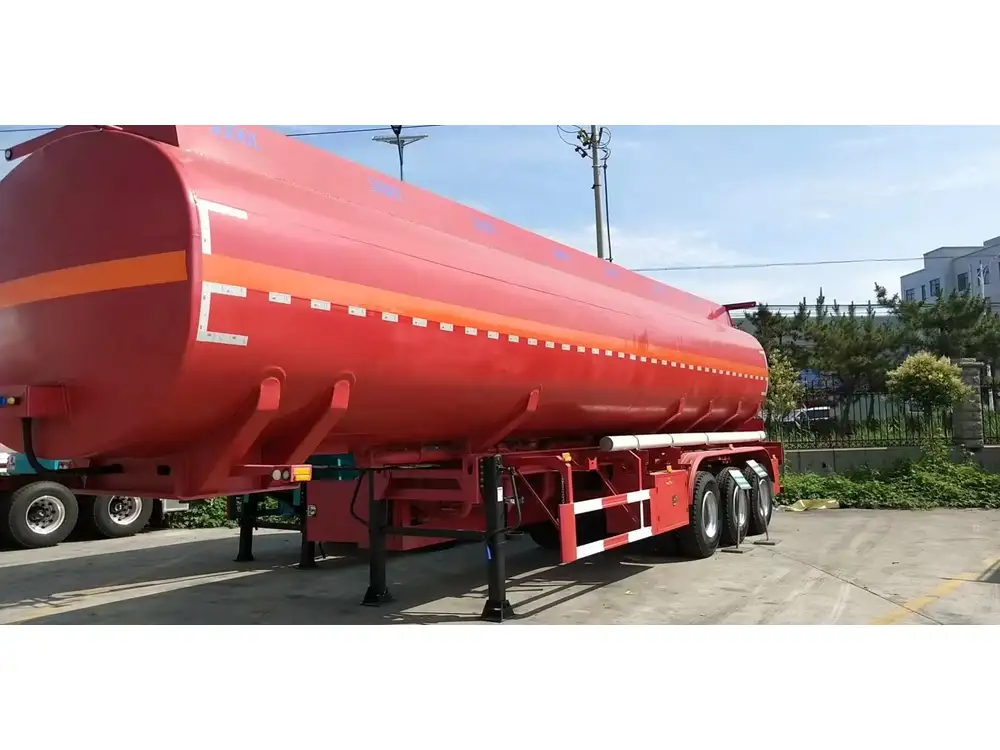
2. Legal and Compliance Issues
- Regulatory Standards: Many jurisdictions have regulations governing the condition of transport trailers. Non-compliance can result in fines or sanctions.
3. Cost-Effectiveness
- Preventative Maintenance: Regular flooring updates can prevent more extensive and costly repairs down the line.
Tools and Materials Needed
To effectively replace the wood flooring in your flatbed trailer, we will require specific tools and materials. Having everything prepared beforehand can streamline the process.
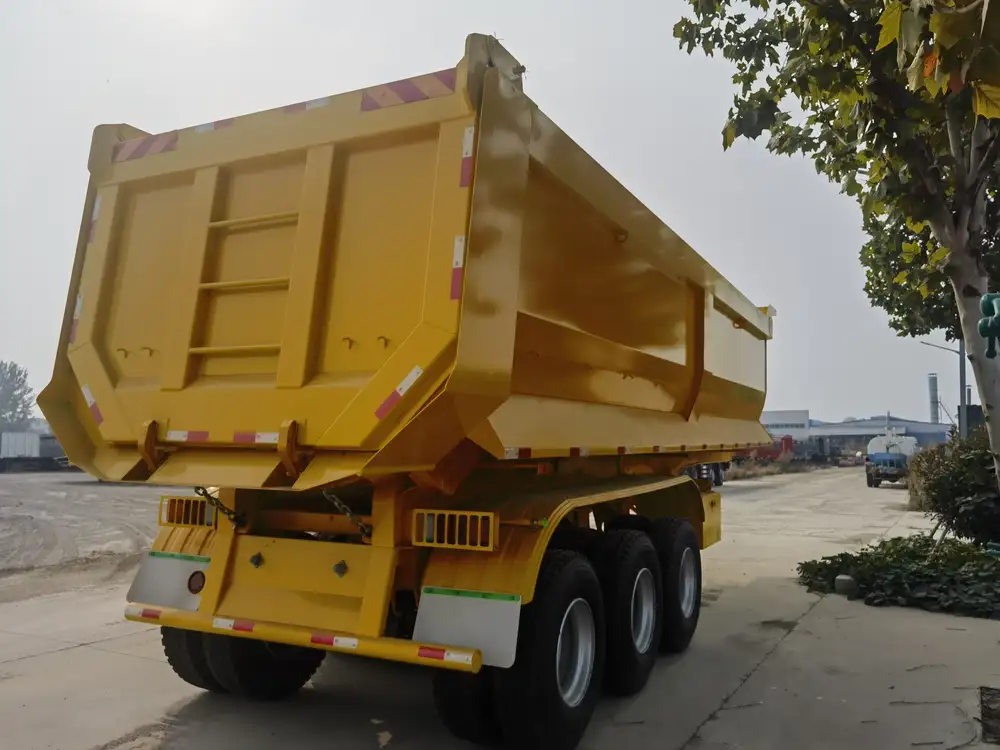
Essential Tools
- Power Drill
- Circular Saw or Reciprocating Saw
- Measuring Tape
- Level
- Safety Glasses and Gloves
- Pry Bar
- Hammer
Materials
- High-Quality Marine-Grade Plywood (typically 3/4 inch thick)
- Screws (preferably galvanized)
- Wood Sealant or Treatment
- Brackets (to secure floor sections if needed)
Step-by-Step Guide to Replacing Wood Flooring

Step 1: Safety Precautions
Before initiating any work, ensure that you are equipped with personal protective equipment (PPE). This includes safety glasses, gloves, and appropriate clothing.
Step 2: Remove the Old Flooring
Carefully inspect the current flooring for any damage or specific sections that need attention.
- Pry the Old Wood: Use the pry bar to lift the old wood paneling. It’s essential to work slowly to avoid damaging the trailer frame.
- Remove Fasteners: Unscrew and remove any fasteners securing the wood to the trailer chassis.
Tip: Keep the screws and brackets in a designated area for potential reuse.

Step 3: Clean the Surface
Once the old flooring is removed, thoroughly clean the trailer bed. Remove any debris, rust, or old sealant.
- Condition Check: Inspect for any corrosion or damage to the frame underneath where the wood was secured.
Step 4: Measure and Cut New Wood Panels
Using the measuring tape, determine the dimensions required for the new wood flooring. It’s advisable to:
- Measure twice to ensure accuracy and avoid wastage.
- Cut the marine-grade plywood to fit your measurements using a circular saw or reciprocating saw.
| Cutting Specifications | Recommended Size (Width x Length) |
|---|---|
| Light Load Trailers | 4 ft x 8 ft |
| Heavy Load Trailers | 5 ft x 12 ft |
Step 5: Test Fit and Adjust
Before securing the new panels, place them in position to check the fit. Adjust cuts as necessary to ensure alignment and proper spacing.
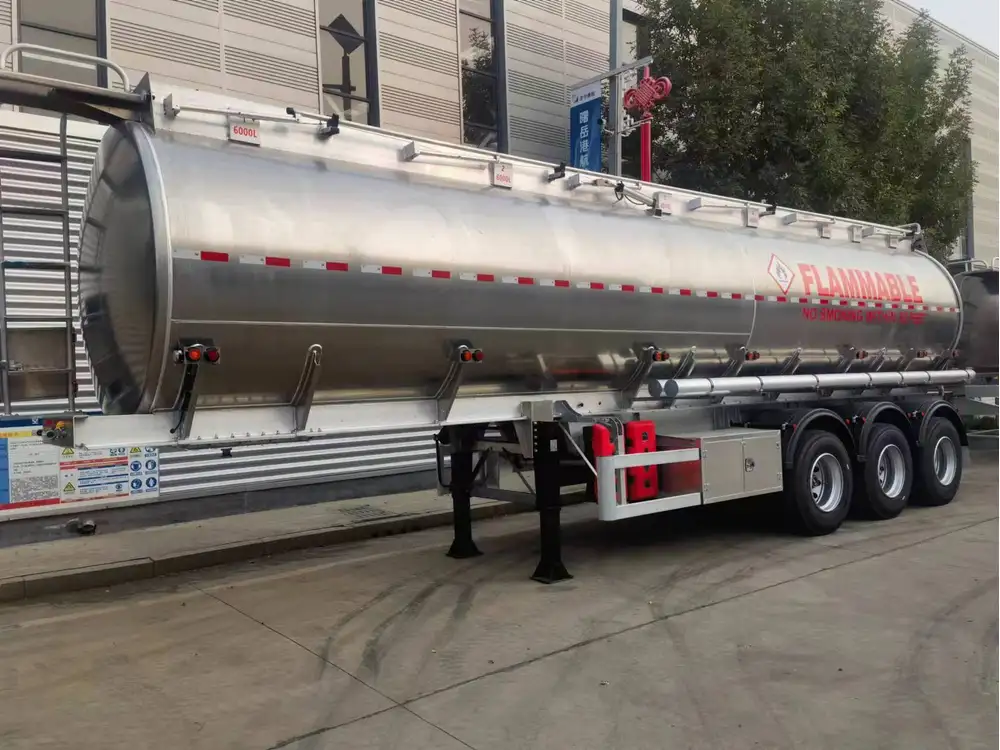
Step 6: Secure the New Flooring
- Apply Sealant: Prior to installation, consider applying a wood sealant to prevent moisture penetration.
- Install Sheets: Secure the plywood to the trailer’s bed using galvanized screws. Maintain a consistent screw spacing of about 12 inches apart for optimal strength.
Important: Leave small gaps between panels to allow for expansion and contraction due to temperature fluctuations.
Step 7: Reinforce and Seal
Once all flooring sections are secured, apply a layer of wood sealant over the visible screws and any joints to protect against moisture and enhance durability.
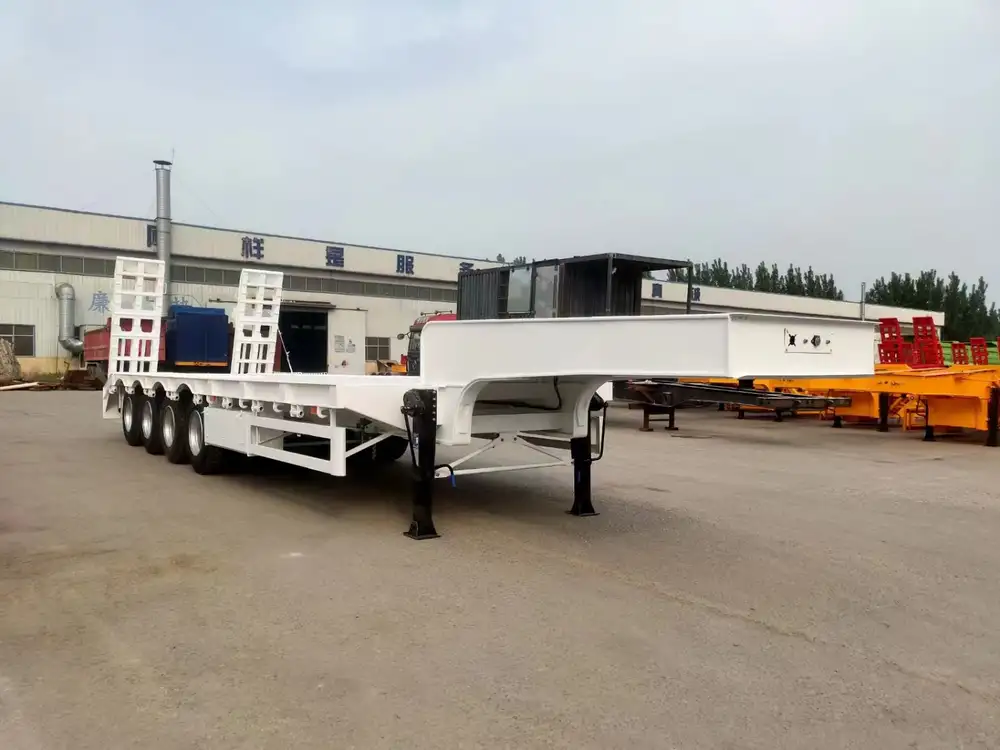
Step 8: Final Inspections
Conduct thorough inspections to ensure that everything is secure and in place:
- Check for Movement: Gently press down on various sections to confirm there is no movement.
- Look for Exposed Screws: Ensure all screws are either countersunk or properly sealed.
Maintaining Flatbed Trailer Wood Flooring
Post-installation, regular maintenance is essential for enhancing the longevity of your wood flooring.
Recommended Maintenance Practices
- Regular Inspections: Frequently check for signs of wear, moisture damage, or loose fasteners.
- Clear Debris: Keep the flooring clean and free of debris to avoid scratches or damage over time.
- Reapply Sealant: Depending on usage and exposure to weather conditions, consider reapplying wood sealant every few years.
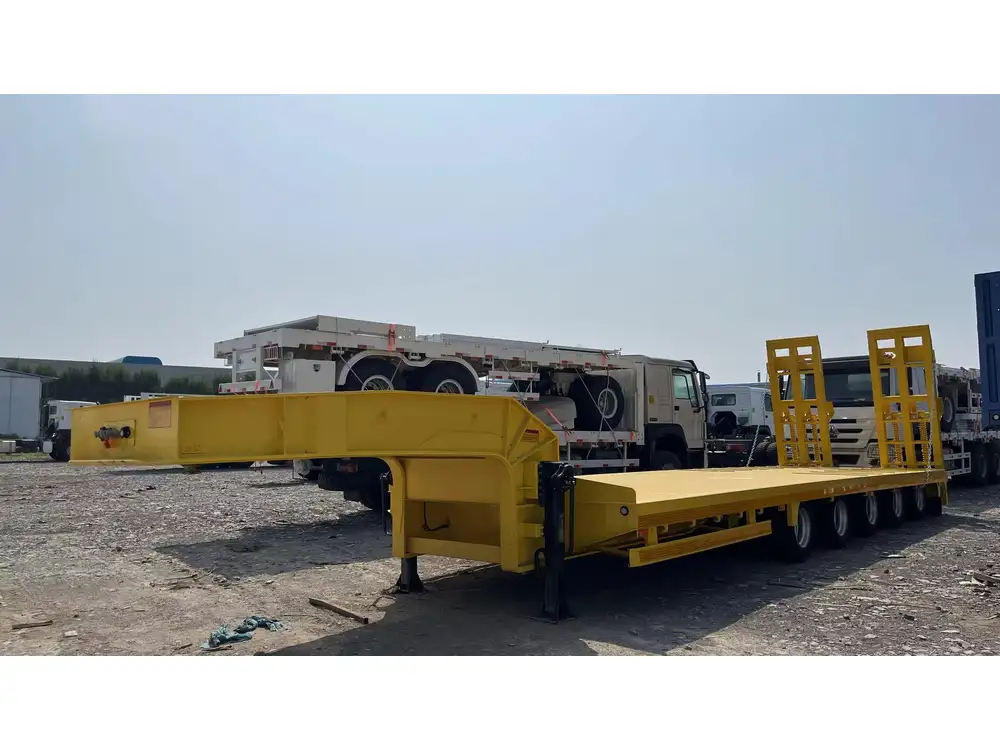
Common Issues and Troubleshooting
1. Warping or Buckling
- Cause: Often resulted from environmental factors or improper sealing.
- Solution: Regularly inspect for moisture and ensure gaps are present for expansion.
2. Loose Flooring
- Cause: Improper installation or vibration during transport.
- Solution: Tighten screws and check alignment of the wood sections.

3. Surface Damage
- Cause: Heavy loads or sharp objects could puncture or scratch the surface.
- Solution: Utilize a protective mat when carrying particularly heavy or abrasive materials.
Conclusion
Replacing the wood flooring in your flatbed trailer is not merely a maintenance task; it’s a vital process that contributes to safety, compliance, and overall efficiency in transportation operations. Following these step-by-step instructions ensures that the job is done correctly, safeguarding the longevity of your trailer and enhancing performance. By being proactive in your maintenance routine, you can prevent problems before they arise, ensuring that your flatbed continues to serve your transportation needs effectively.
Pro Tip: For frequent users of flatbed trailers, consider establishing a maintenance schedule that includes regular inspections and replacements to extend the life of your investments. Your trailer’s performance does not just depend on its engine or wheels; a solid foundation starts with a well-maintained wood floor.



